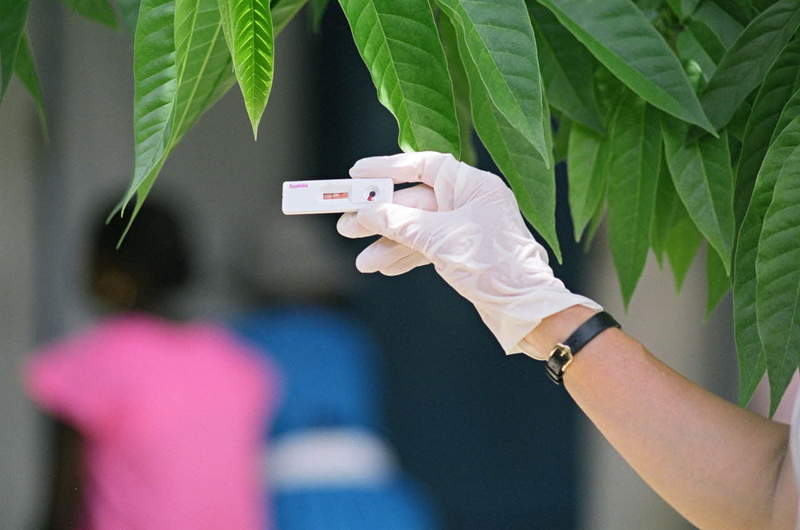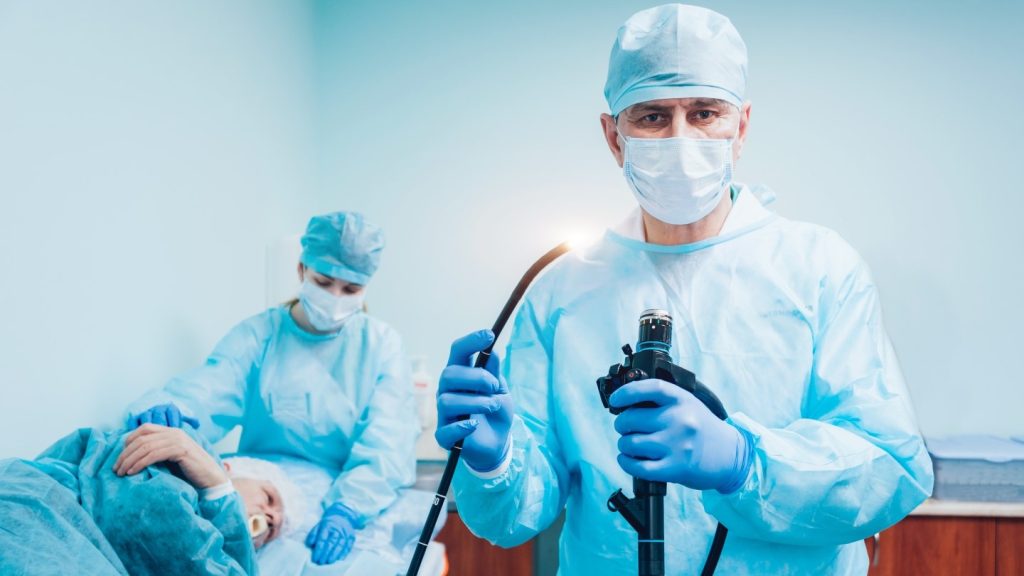
WHO publishes first essential diagnostics list
The World Health Organization (WHO) unveiled the first Essential Diagnostics List, a catalogue of 113 in-vitro tests to diagnose the most common and global priority diseases.
The move is intended to address the lack of access to diagnostic services or accurate diagnosis, resulting in patients failing to receive the correct treatment.
Similar to the WHO essential medicines list, the new list is meant to act as a reference for countries to update or devise their own programme of essential diagnostics.
UK announces plans to use AI for early chronic disease diagnosis
British Prime Minister Theresa May announced plans to increase the use of data and artificial intelligence (AI) to transform the diagnosis of chronic diseases, with the aim of 22,000 fewer people dying from cancer each year by 2033.
Addressing an audience in Macclesfield, the Prime Minister outlined the new plans that she hopes will result in at least 50,000 people each year receiving an earlier diagnosis of prostate, ovarian, lung or bowel cancer.
The plans involve using emerging technologies to cross-reference patient genetics, habits and medical records with national data so that cancer can be easier to detect in its early stages.
How well do you really know your competitors?
Access the most comprehensive Company Profiles on the market, powered by GlobalData. Save hours of research. Gain competitive edge.

Thank you!
Your download email will arrive shortly
Not ready to buy yet? Download a free sample
We are confident about the unique quality of our Company Profiles. However, we want you to make the most beneficial decision for your business, so we offer a free sample that you can download by submitting the below form
By GlobalDataMIT researchers develop ingestible sensor to diagnose GI bleeding
A team of researchers from the Massachusetts Institute of Technology (MIT) in the US has developed an ingestible sensor that features genetically engineered bacteria to diagnose bleeding in the stomach or other gastrointestinal (GI) problems.
The ‘bacteria-on-a-chip’ device combines sensors made from living cells with ultra-low-power electronics to convert the bacterial response into a wireless signal that can be read by a smartphone.
The newly developed sensors respond to heme, a component of blood, and have shown their ability to work in pigs.
Emulate and AstraZeneca partner on Organs-on-Chips technology
Emulate collaborated with AstraZeneca to integrate its Organs-on-Chips technology within the laboratories of the Innovative Medicines and Early Development (IMED) Drug Safety organisation.
Under the deal, which has been signed through AstraZeneca’s IMED Biotech Unit, Emulate plans to co-locate scientists within the involved laboratories.
The technology consists of organ-chips, instrumentation and software apps. Through the alliance, the partners aim to develop the technology and test it within the pharmaceutical organisation context.
Plug-and-play blocks may allow customisable diagnostics
Researchers at the Massachusetts Institute of Technology’s (MIT) Little Devices Lab developed a set of modular building blocks that can be used to enable cheap, easy and customised diagnostic tools for a variety of diseases.
Referred to as Ampli blocks, these ‘plug-and-play’ kits do not require high expertise for assemble, refrigeration or special handling.
The devices can be used to test blood glucose levels in diabetic patients or diagnose viral infection, among others capabilities. The researchers are also working on developing devices to detect cancer.
Swedish and Israeli researchers develop retinal prosthesis
Sweden’s Linköping University researchers partnered with Israel’s Tel Aviv University to develop a retinal prosthesis, intended to restore sight to people suffering from blindness.
Researchers used inexpensive organic pigments that are commonly used in printing inks and cosmetics to build the simple artificial retina.
Led by Eric Glowacki from the laboratory of organic electronics at Linköping University, researchers embedded the prosthesis with small pixels, similar to those found in a digital camera sensor on a nanometric scale.
J&J’s Cerenovus gets FDA approval for stent retriever device
Johnson and Johnson (J&J) subsidiary Cerenovus received approval from the US Food and Drug Administration (FDA) for its EMBOTRAP II Revascularization Device to treat ischemic stroke.
The device has been designed as a stent retriever that can be used to capture and remove life-threatening blood clots within the neurovasculature of the brain after a stroke.
It restores blood flow quickly and requires minimal compression, in turn avoiding further complications.
Blood test helps to avoid unnecessary prostate cancer biopsies
A clinical validation study carried out by Cleveland Clinic showed that using a new blood test called IsoPSA could have avoided 47% of biopsies performed to identify prostate cancer.
Previous studies also revealed similar results (45.1%), indicating the use of IsoPSA in lowering the chances of over-detection and over-treatment of non-lethal prostate cancer.
Named Prospective Validation of the IsoPSA Assay for Detection of High Grade Prostate Cancer, the latest study compared the accuracy of IsoPSA with standard prostate-specific antigen (PSA) at predicting the overall risk of cancer.
UK trial validates cancer breath test as first-line diagnostic
A clinical trial by Imperial College London validated the use of their breath test as a first-line diagnostic to identify oesophageal and gastric cancer.
The test has been designed to detect chemical compounds called volatile organic compounds (VOC), which produce a distinctive smell to the cancer patient and can be detected in their exhaled breath.
During the multi-centre trial with 335 subjects, the team reported the successful identification and quantification of the number of VOCs in breath samples by using mass spectrometry.
US researchers develop pill to better detect breast cancer
US-based researchers at the University of Michigan developed a pill that carries a dye to ‘light up’ tumours upon exposure to infrared light, helping with the diagnosis of breast cancer.
The team expects that the new approach will provide an alternative for mammography, which is considered imprecise and uncomfortable.
According to the university, mammograms fail to identify benign tumours that do not need surgery or chemotherapy and detect those present in dense tissue.







